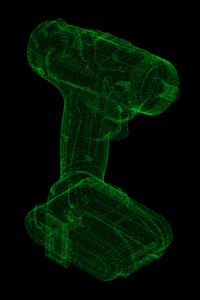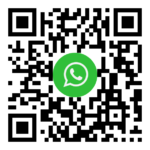Introduction
3D scanning is one of the fastest growing technologies of the 21st century. 3D scanning is the process of collecting data from real world object to generate digital models. Since 2001 when Google used photogrammetry to produce a fully interactive 3D model of our planet, and Microsoft releasing the Kinect in 2010, through to modern handheld devices, 3D scanning has come a long way.
Modern scanners range in size and specifications using a range of technologies to cover almost any application. From homemade photogrammetry setups, to professional handheld laser scanners, to high end CT scanning systems. All have their place. Common techniques include contact touch probes, laser scanning, structured light scanners, ultrasounds & CT scanners and photogrammetry.
What is 3D Scanning?

3D Scanning is the process of capturing the shape, size and colour of real world objects to create 3D models in the digital world. This may involve physically touching (probing) the object, shining lasers or light onto the object and monitoring the return, or taking a series of 2D images and assembling them to create a 3D model.
These 3D models can then be used for a range of applications. 3D printing, reverse engineering, in-process inspection & monitoring, capturing art works for digital display & preservations and much more.
What is a point cloud?
Most 3D scanning techniques produce what is known as a point cloud. As the name implies, this is a collection of points that lie on the surface of the scanned object calculated from the scan data. Each point has an XYZ coordinate and optionally a surface normal direction. Together they form the outline shape of the part. Once a point cloud is generated it can be used to create a 3D model via meshing and surfacing.
Once you have your point cloud, you can mesh it using almost any modern CAD package or 3D modelling software. However the quality of the mesh and the tools available to refine it varies a lot depending on which package you use.
What is meshing?


Meshing a point cloud is essentially completing a giant 3D dot-to-dot. The software will join the points of the point cloud together to form regular shapes, usually triangles (hence its sometimes referred to as triangulating).
The quality of the mesh produced depends on several factors. The quality of the scan data, the point cloud density, the software used and the settings chosen.
What is 3D scanning used for?
3D scanning is used in a range of industries. Manufactures use it to inspect components to ensure they conform to specification. Designers use it to capture surfaces of existing products that new products need to interface with. The construction industry uses 3D scanning to get a head start in creating drawing plans. Archaeologists use it for artifact preservation and documentation. The range of applications is huge.
Want to know more?
or read more about our 3D Scanning Services. We are here to help.
About Us
With over 30 years of experience, AB Technology provides reliable CMM inspection, 3D scanning and reverse engineering services across the UK.
Quality Assured
ISO 9001:2015 certified since 2002
Certificate number: 3001
Key Links
Contact Us


AB Technology (Newark) Ltd.
Unit 8, Crewe Close
Blidworth
Nottinghamshire
NG21 0TA
United Kingdom




